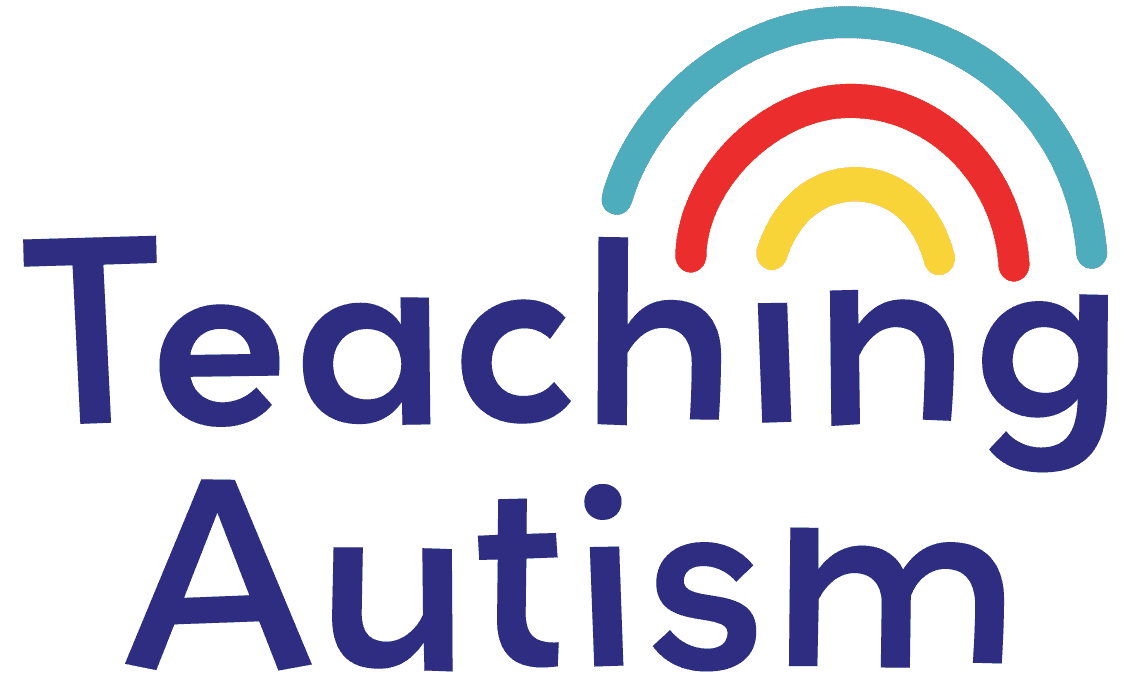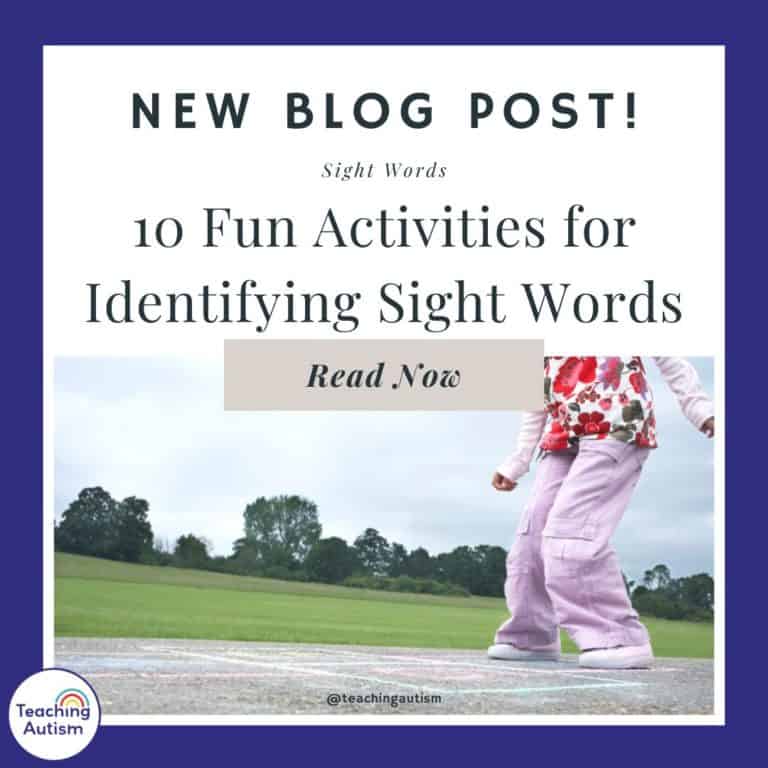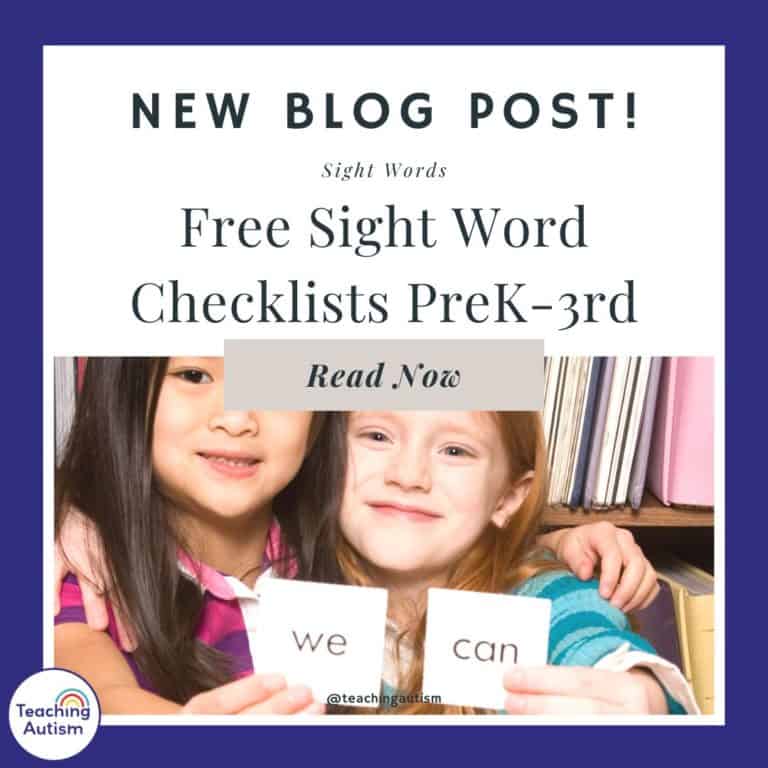Why Are Sight Words Important?
In this blog post I’m going to be discussing why are sight words important. If you’re new to teaching, homeschooling.. Or even just wanting to find out more about them. Then I’m hoping this blog post will be able to teach you a little bit about them.
What are Sight Words?
Sight words are words that are most commonly used in the English language. Children are encouraged to remember these words as a whole, instead of sounding them out. They are words that make up a large percentage of written text. We often teach these words in early education to improve reading fluency for our students.
Are There Different Types?
There are two main types. These are;
- High frequency words.
- Irregular words.
High frequency words are words that appear frequently in written texts.
Irregular words are words that do not follow common spelling patterns. They are also words that cannot be sounded out easily.
How Many Are There?
It is estimated that there are around 220 sight words in the English language. These words are commonly used and must be recognized on sight to improve reading fluency.
What Age Do Students Work on Sight Words?
Students typically start working on them around the age of 4 or 5, when they are in pre-kindergarten or kindergarten. However, the exact age can vary depending on the individual child and their development.
Why is It Important to Teach Them?
Teaching sight words is important because they are the most frequently used words in the English language. Mastering sight words help children to become more confident readers. These words are also often difficult to sound out phonetically. This means that teaching them as a whole word helps to improve the reading fluency and comprehension.
Which Ones are Taught First?
The sight words that are typically taught first include:
- a
- and
- away
- big
- blue
- can
- come
- down
- find
- for
- funny
- go
- help
- here
- I
- in
- is
- it
- jump
- little
- look
- make
- me
- my
- not
- one
- play
- red
- run
- said
- see
- the
- three
- to
- two
- up
- we
- where
- yellow
- you.
What to Do If a Student Can Not Identify Sight Words?
There are several strategies that can be used to help a student who may be struggling to identify these words.
One strategy is to use flashcards to practice the words on a regular basis.
Another strategy is to incorporate the words into daily reading and writing activities.
Using visual aids, such as pictures or gestures, can also be helpful in reinforcing sight word recognition.
If you have tried all of these with a student and are still struggling to see progress, I would recommend reaching out to a reading specialist for additional support and guidance.
My 5 Favorite Activities
If you’re looking for some inspiration for activities to use with your students, here are 5 of my favorite activities to use with my students;
- Word to Picture Matching Sight Words
- Typing Primer Words Boom Cards
- Feed the Dinosaur Pre-Primer Words
- Highlighting Worksheets
- Pre-Primer Play Dough Mats
If you found this blog post helpful, please consider sharing it with your friends and colleagues on social media.
You may also find the following podcast episodes and blog posts helpful;
Thanks,
Nikki
P.S. Have you signed up for a 3 day free trial of our VIP membership yet? If not, click here to do it now and go and get access to a huge range of resources, templates, crafts and more for free.



